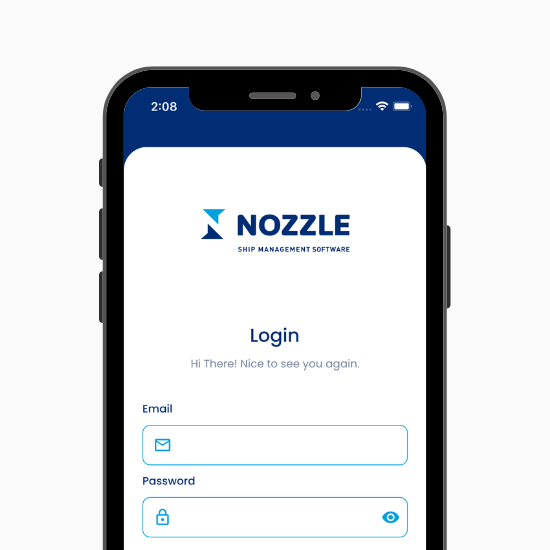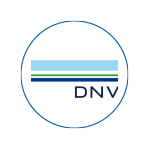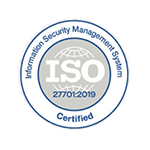Managing ISM & ISPS compliance requires efficient document organization, version control, and accessibility across fleets. NOZZLE’s maritime document management software provides a powerful, centralized platform where ship operators and crews can store, retrieve, and manage compliance documents with ease.With structured folder hierarchies, intelligent search, digital form automation, and robust revision tracking, NOZZLE ensures your fleet always has access to the latest safety manuals, reports, and security protocols—anytime, anywhere.
NOZZLE is a cloud-based maritime document management system designed to help ship operators, fleet managers, and HSEQ officers manage ISM & ISPS compliance documents efficiently. It provides a centralized platform for storing, organizing, and tracking safety manuals, reports, circulars, and digital forms while ensuring regulatory compliance.




